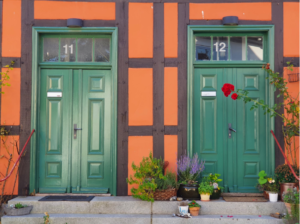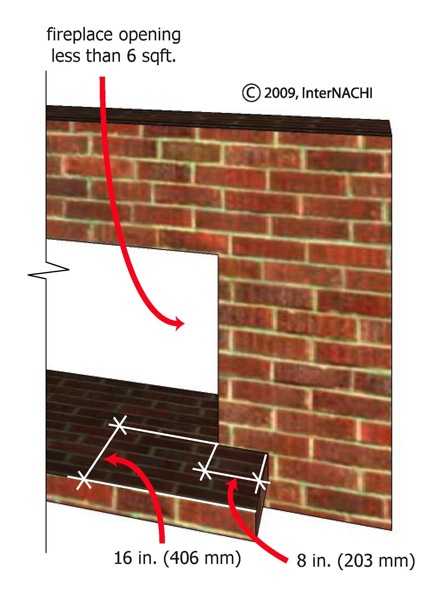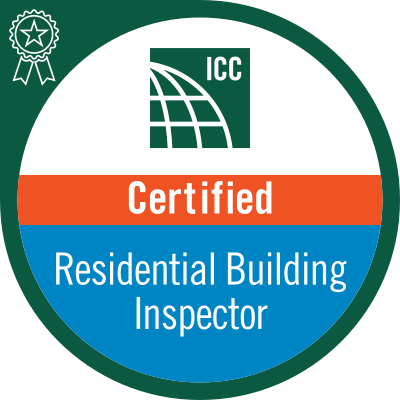Image source: Pexels
 Purchasing an investment property can be a fantastic way to create wealth, and similar to any other investment, doing the research beforehand is a pivotal step you need to take. If you’ve decided make your first real estate investment, congratulations! Making a real estate investment can be an excellent way to secure your financial future, so your choice is wise.
Purchasing an investment property can be a fantastic way to create wealth, and similar to any other investment, doing the research beforehand is a pivotal step you need to take. If you’ve decided make your first real estate investment, congratulations! Making a real estate investment can be an excellent way to secure your financial future, so your choice is wise.
Buying Your First Investment Property
Everything, from doing your research to getting your finances in order to choose the area you want to buy in, requires due diligence on your part. Thus, if you want to make sure your purchase is worth it, in your best interest, and cash-flow positive, there are a few steps you need to take before you close on your first investment property.
Educate Yourself
Education is imperative to success in the real estate industry. There is a massive learning curve when investing in either rental or commercial properties. Still, you can ease it by equipping yourself with sufficient knowledge, especially since so much information is available on the Internet now. If you’re genuinely into real estate, the learning part will be fun, but if you have to force yourself to learn, this may not be the ideal path for you.
Set Your Finances in Order
Master Passive Income points out that there are numerous options available today for financing your first investment property. As you’re learning how to purchase your first real estate, you might start considering applying for mortgage loans. Various loan options offer different benefits, so you need to spot and choose the right mortgage option that best suits your financial situation and goals.
Still, there are a few things you need to take care of before going for a home loan. Unlike the 3-percent down payment on the property you’re living on, BiggerPockets notes that you’ll need at least a 20-percent down payment for purchasing investment properties. Besides, you shouldn’t carry debts with your investment portfolio, so pay them off before getting started in real estate investing.
As a real estate investor, consider running your business as a DBA (doing business as), which is beneficial as part of your marketing and branding strategy. A DBA name is basically a pseudonym for your legal business name. Many entrepreneurs use it to avoid using their own surname or, for corporations, because an assumed name makes expansion easier, as it’s not necessary to create a completely new corporation.
Decide What You Want to Buy
Before proceeding further, you need to define your investment goals. For instance, do you want to buy a multi-unit property or a single-family home? Is the low-maintenance setup of a condo better suited for your long-term goals? You can typically get more revenue with a multifamily house, but single-family homes tend to have more equity appreciation potential if you decide to sell later on.
It’s also smart to nail down a price point and set your budget. Take into account the management of the property and who will do it, the rent you can charge according to the location of the property, home type, and eventual updates you plan to make. Besides the 20-percent down payment you need to have ready, consider other expenses you may have, such as conveyancing, the real estate agent, pest and building reports, and insurance.
To attract lenders, you also need to clean the property, buy furniture if required, sort out the utilities, upgrade it and perhaps hire a property manager to continue taking care of the place after you are renting it. Make sure they are trustable, reachable, and do a great job in managing the property for you. Hiring a home inspector like Red Horse Home Inspection will also help assuage any major maintenance concerns the lender may have about the property.
Decide the Where
The geographical location is also imperative. When looking for an investment property, focus on the trendier neighborhoods in the area, and try to limit your search to homes zoned for particular amenities, such as a school, grocery store, national park, and so on.
The Bottom Line
Buying investment property could earn you a good chunk of money, and many still consider it the ideal way to become financially independent. Once you educate yourself and learn about the industry, sort out your finances, and know what and where you want to buy, you are ready to make an offer on your first investment property.
If you’re looking for home inspection experts to evaluate an investment property or a home to buy in Rapid City and surrounding areas, Red Horse Home Inspection is more than happy to help. Schedule your inspection or contact the professionals at 605-388-2924. https://app.spectora.com/home-inspectors/copper-mountain-home-inspection-llc
 You can’t see it, smell it or taste it, but the U.S. Environmental Protection Agency says radon gas is deadly. It’s second only to smoking as a cause of lung cancer.
You can’t see it, smell it or taste it, but the U.S. Environmental Protection Agency says radon gas is deadly. It’s second only to smoking as a cause of lung cancer.
 Thinking of buying your first home or one that better suits you and your family? Here are three important people who can help guide you through the largest investment most people will ever make.
Thinking of buying your first home or one that better suits you and your family? Here are three important people who can help guide you through the largest investment most people will ever make. There’s nothing like moving — whether it’s across town or across the country — to make you realize just how much stuff you have! When moving, you’re likely to let some things go, but probably also add some new appliances, furniture and other items to your list of possessions. That’s why once you’re settled into your new home, it’s an ideal time to create or update your home inventory. Here are the three components of an effective home inventory:
There’s nothing like moving — whether it’s across town or across the country — to make you realize just how much stuff you have! When moving, you’re likely to let some things go, but probably also add some new appliances, furniture and other items to your list of possessions. That’s why once you’re settled into your new home, it’s an ideal time to create or update your home inventory. Here are the three components of an effective home inventory:







